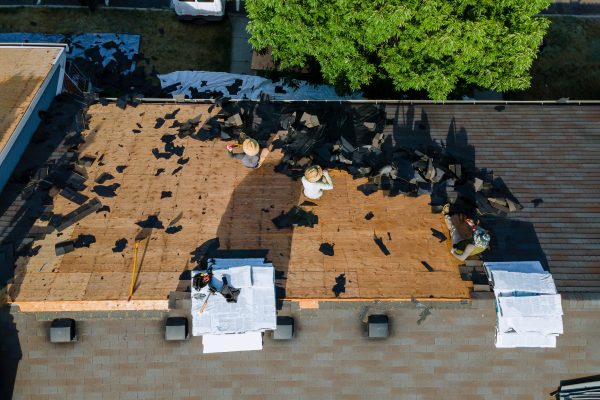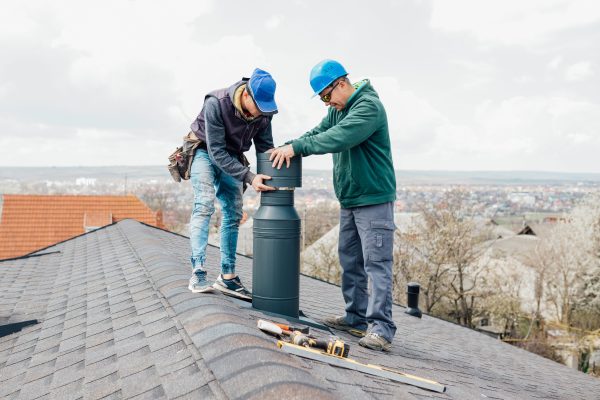1. CHOOSE THE RIGHT TYPE OF SKYLIGHT
Not all skylights are created equal, and the type of skylight you choose can impact the amount of natural light you receive. There are several types of skylights to consider, depending on your needs:
Fixed Skylights: These are non-operable and ideal for spaces where you want to let in maximum light without the need for ventilation.
Ventilating Skylights: These skylights can be opened to allow fresh air to flow into the room while still providing natural light.
Tubular Skylights: These are smaller, more compact skylights designed to bring light into smaller, darker spaces like hallways or bathrooms.
When selecting a skylight, consider the orientation of your roof and how much direct sunlight the area receives. South-facing skylights generally provide the most consistent light throughout the day, while north-facing skylights offer a more diffused, cooler light.
2. PLACE SKYLIGHTS STRATEGICALLY
To maximize the amount of light that enters your home, it’s important to place skylights in the right locations. Here are some tips:
Over Living Areas: Installing skylights above key areas like living rooms, dining rooms, and kitchens can help brighten these high-traffic areas and reduce the need for artificial lighting.
Dark Hallways or Rooms: Skylights are a great way to bring light into spaces that often feel dim, such as corridors, bathrooms, or closets. A small skylight can make a big difference in brightening these areas.
Near Windows: Pairing skylights with windows in adjacent walls can create cross-ventilation and allow for an even distribution of light in a room.
Consider the layout and purpose of the room before placing your skylights to achieve the best lighting effect.
3. USE REFLECTIVE SURFACES TO ENHANCE LIGHT DISTRIBUTION
Once you have installed skylights, you can enhance the natural light they provide by incorporating reflective surfaces throughout your space. Lighter colors and materials reflect natural light and distribute it more evenly. Here are a few ways to do this:
Light-colored Walls and Ceilings: Paint your walls and ceilings with light, reflective colors such as white or pale neutrals to help bounce light around the room.
Mirrors: Strategically placing mirrors opposite your skylights can amplify and direct natural light into other areas of the room.
Glossy or Reflective Flooring: Polished wood, tile, or other shiny materials can help reflect light and make your space feel even brighter.
These subtle design choices can help increase the impact of the natural light coming through your skylights.
4. CONSIDER SKYLIGHT SHADES OR BLINDS FOR CONTROL
While skylights bring much-needed light into a space, sometimes it’s important to have control over the amount of sunlight entering the room. Skylight shades or blinds allow you to adjust the light levels based on your needs, reducing glare and providing privacy when necessary. Here are some options:
Solar Shades: These allow light to filter through while reducing heat gain, making them an ideal choice for energy efficiency.
Manual or Motorized Blinds: You can open or close blinds to control the amount of light and heat entering the room.
Tinted Skylights: Some skylights come with built-in tinting or glazing that can reduce the intensity of sunlight without blocking the view.
With these options, you can enjoy the benefits of natural light while maintaining comfort and privacy.
5. MAINTAIN AND CLEAN YOUR SKYLIGHTS REGULARLY
To ensure that your skylights continue to provide maximum light, regular maintenance is essential. Over time, dirt, debris, and weathering can build up on the glass, reducing the amount of light that enters your space. Cleaning your skylights regularly will help maintain their clarity and effectiveness.
Here’s how to clean your skylights safely:
Use a soft, non-abrasive cloth to wipe down the glass to prevent scratches.
Avoid using harsh chemicals that could damage the skylight or surrounding areas.
Hire a professional to clean hard-to-reach skylights or to perform any necessary repairs.
A well-maintained skylight will continue to brighten your home for years to come.



